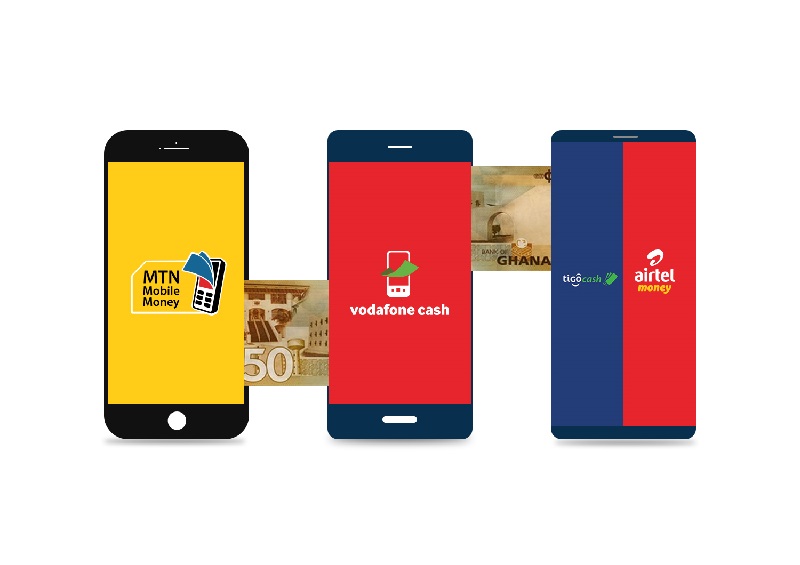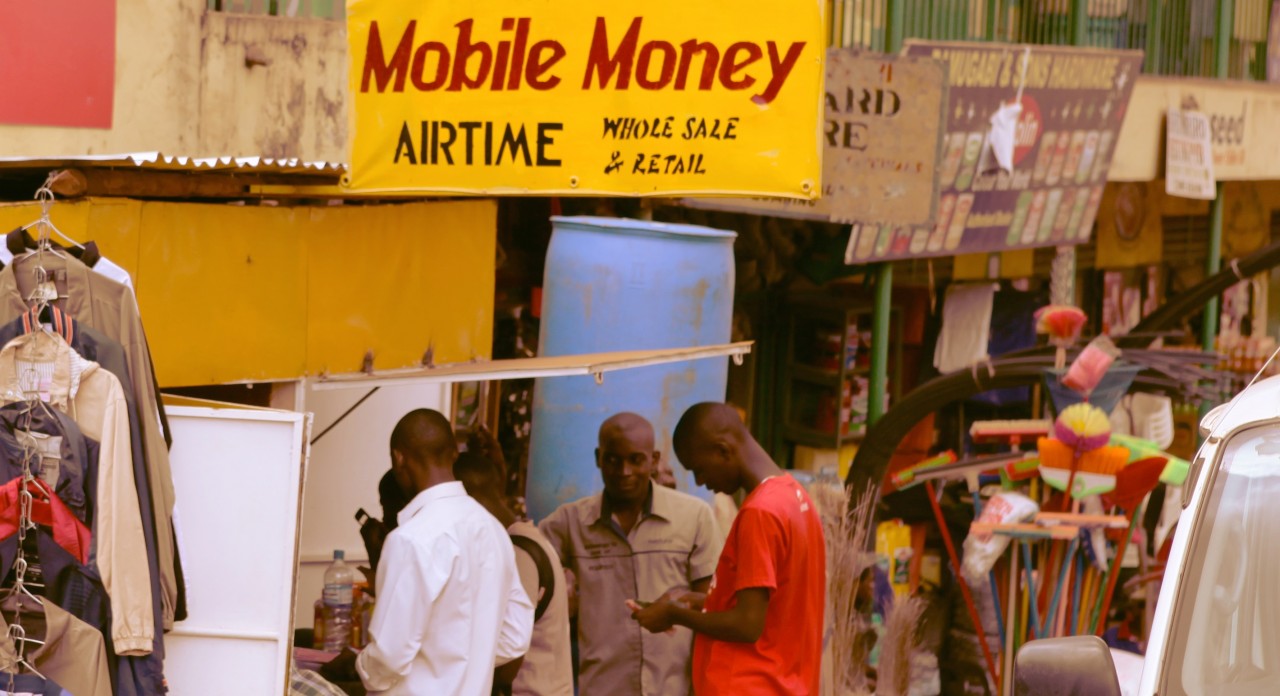The mobile money industry in Africa has reached a digital milestone given its rapid growth. This is driven largely by improved access to technology, and the need for contactless payments as a result of the COVID-19 pandemic.
According to Statista, “In 2019, 200 million users made 24.46 billion mobile money transactions in Sub-Saharan Africa and the Middle East and Northern Africa. This accounts for 64.15 per cent of all transactions made worldwide.”
In a study conducted by American research firm Boston Consulting Group (BCG), Kenya and Ghana have the second and third highest mobile payment usage in the world, after China. The study themed Five Strategies for Mobile-Payment Banking in Africa, stated that both Kenya and Ghana accounted for a huge chunk of the staggering $15 trillion to $20 trillion made in mobile transactions in 2020.
The study also revealed that 87% of Kenya’s GDP is held in transactions via mobile wallets and phones and 82% in Ghana.
Mobile money in Ghana
Although Kenya has a bigger mobile money market, the World Bank has recognized Ghana as the fastest-growing mobile money market in Africa in the past five years.
Bank of Ghana’s “Summary of Economic and Financial Data in March 2021,” recorded that the number of active mobile money accounts rose from 14.7 million in February 2020 to 17.5 million in February 2021, while the number of active agents rose from 235,000 to 465,000.
Mobile money transactions in total per month rose to 295 million from 193 million in February 2021, while the total value per month rose to $11.5 billion per month from $5 billion per month in February 2020.
Mobile Money in Kenya
M-Pesa, a mobile money transfer service in Kenya attracted 1million users in the first nine months when the service was launched. In 2009, M-Pesa savings accounts were introduced, and within three (3) months 14m accounts were set up.
By January 2021, M-Pesa had reached 66 million mobile money active accounts.
In 2020, the total of mobile money transactions was marked by a 20% rise from $40 billion translating to an average of $140 million transactions on mobile phones daily between January and December 2020.
In January 2021, mobile money payments through mobile money agents were recorded at $5.8 billion representing a 58.7% increase from the $3.6bn recorded in January 2020.
Implications
Mobile money is an integral aspect of financial inclusion, particularly in Africa. Hence, the statistics imply a wider coverage of Ghana and Kenya’s population in the financial inclusion net in recent years as a result of the availability of mobile money services.
Statistics may also imply reduced patronage of traditional banking services such as cheque payments, cash deposits/withdrawals, etc. This is especially so in cases where traditional banking customers would rather opt to transact business with the more convenient mobile money kiosks spread around in our communities. Banks are somehow responding to this threat. The majority of them now partner with Mobile money service providers. They offer services that link customer accounts with their mobile money accounts to offer ease in customer transactions across the board.
It would be interesting to see how the future spans out for the financial services sector with regards to mobile money versus traditional financial institutions










